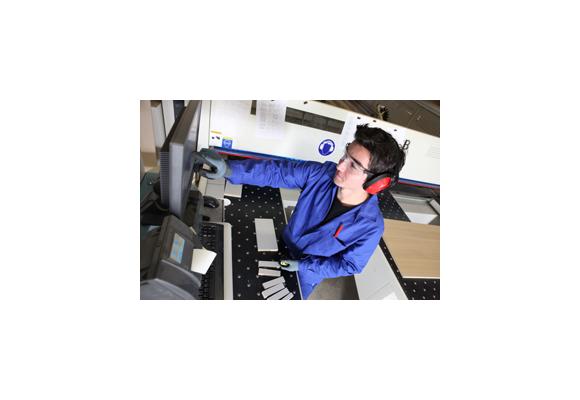
What are Anti-Fatigue Mats and How can they Help Your Business?
One of the top work-related injury and illness categories is musculoskeletal disorders. This occurs when there is a disjuncture between the work environment, the worker’s capabilities and the physical demands placed on that person.
Yet, some simple ergonomic choices in the workplace can solve the majority of these problems. Ergonomics is the science of solving the incompatibilities between a worker, their work environment and its demands. Scientists who work in the field are committed to developing solutions to work-related problems and one such solution is the anti-fatigue mat.
What’s the deal with anti-fatigue mats?
Anti-fatigue mats aim to reduce stress on the body for those workers whose job requires them to stand for long periods of time, especially on hard surfaces like concrete. Hard surfaces are unyielding and produce a lot of shocks when walked on, which can wear on the body and subsequently cause back, leg and foot pain over long periods of time.
Anti-fatigue mats are usually made from a more giving material such as rubber, wood, vinyl or carpet. Softer surfaces provide more elasticity and cushion the foot as it falls, absorbing the shock that would otherwise be transferred to the musculoskeletal system. Anti-fatigue can also reduce workplace accidents by decreasing the risk of slipping and falling.
How do anti-fatigue mats help businesses?
Improving the work environment of employees increases productivity and means that workers will have fewer sick days while increasing the quality of their work and overall happiness. It also means that the business will comply more fully with OH&S standards.
Governments and independent researchers have recognised that musculoskeletal disorders impact businesses and can end up costing the country billions of dollars in worker’s compensation claims. However, there are simple ways, like the use of anti-fatigue mats, that improve workers’ health, happiness and productivity.

